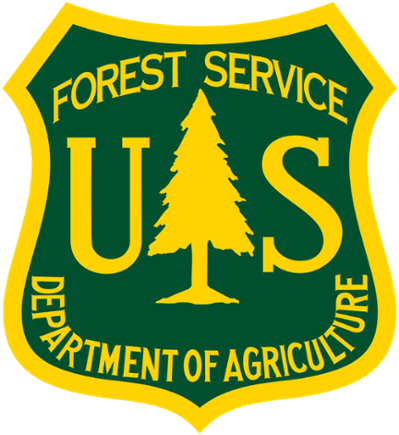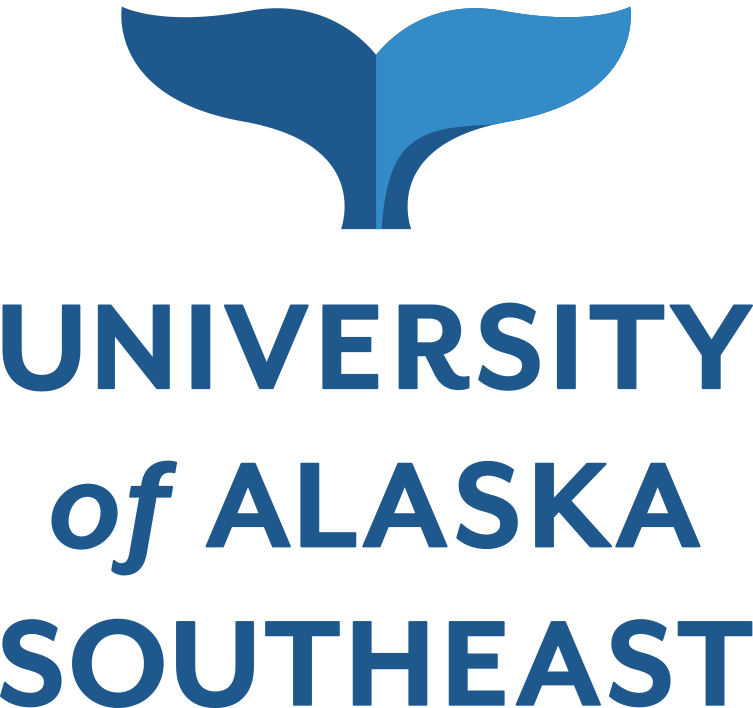Salmon Valuation

Forests, Fish, and People
ACRC researchers and collaborators are working to quantify the number of “forest fish” originating from Alaska’s Chugach and Tongass National Forests in the last decade.
Salmon is a staple on the table of many Alaskans, but what role do our national forests play in providing essential habitat for this valuable economic, cultural, and recreational resource?
This Salmon Valuation project builds on the work of a 2019 study led by Di Johnson and Ryan Bellmore of the USDA Forest Service Pacific Northwest Research Station that quantified the number of salmon reared in Alaska’s National Forests and caught Alaska’s commercial fish industry. The study found that the Tongass and Chugach National Forests produced an average of 48 million of the Pacific salmon that were commercially caught annually from 2007 to 2016, equaling nearly 90 million dollars in commercial value.
To expand this work, ACRC researcher Emily Whitney is leading an effort to quantify the number of fish reared in the Tongass and Chugach National Forests that find their way into sport, personal use, and subsistence fisheries in Southeast and Southcentral Alaska by compiling data from state and federal databases, statewide sport fishing surveys, and subsistence harvest data. These are fish that rely on forest habitat as juveniles and as adults provide millions of servings of salmon to Alaskan families and beyond.
Contact
- Emily Whitney, UAS (ejwhitney@alaska.edu)
Collaborators
- Jason Fellman, UAS (jbfellman@alaska.edu)
- Ryan Bellmore, USFS (james.r.bellmore@usda.gov)
- Neil Stichert, USFS (Neil.Stichert@usda.gov)
- Stormy Haught, ADFG (stormy.haught@alaska.gov)

